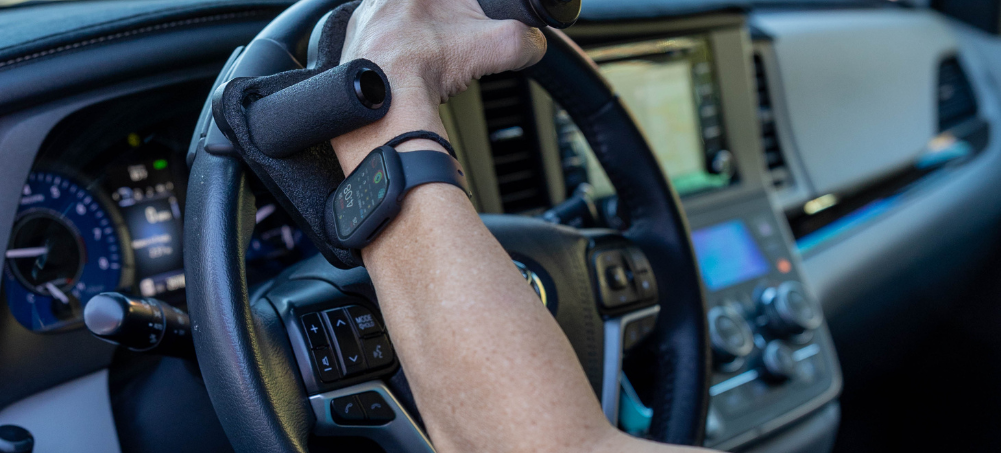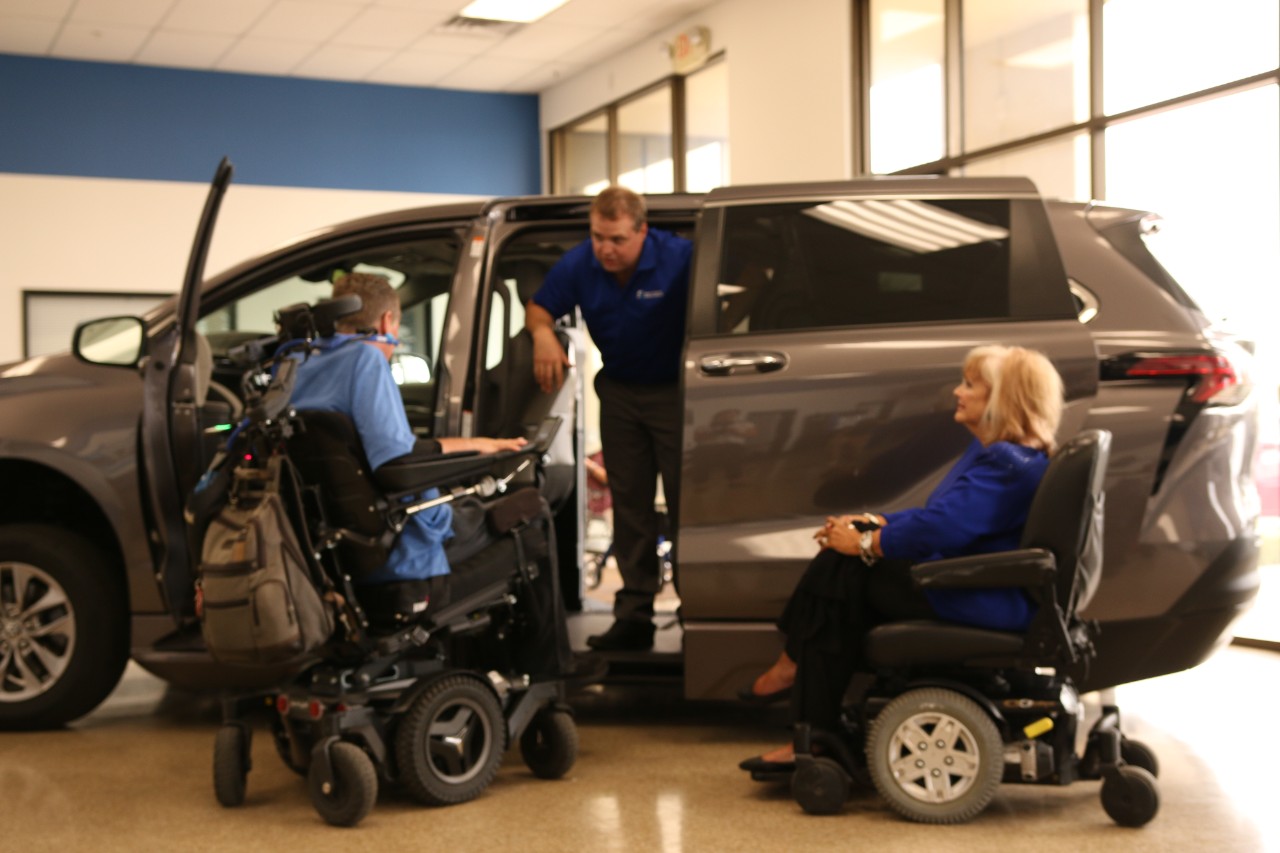
Understanding Adaptive Driving Equipment: Hand Controls, Pedal Extensions & More
Adaptive driving equipment—such as hand controls, pedal extensions, and steering aids—makes it possible for individuals with physical disabilities to drive safely and independently. These tools are customizable, professionally installed, and designed to support various mobility challenges with comfort and confidence.
Driving should be possible for everyone, regardless of physical ability. Adaptive driving equipment provides the tools to help you regain or maintain your independence behind the wheel.
Types of Adaptive Driving Equipment
Adaptive driving equipment includes various devices tailored to individual needs and mobility goals.
Whether you’re a first-time driver with a disability or returning to driving after an injury, there’s equipment available to make your vehicle safe and accessible. Each modification is designed with functionality, ergonomics, and safety in mind.
Common adaptive driving solutions include:
- Hand controls: Replace foot pedals with lever systems that allow acceleration and braking by hand. Available in push-pull, push-rock, and push-right-angle styles.
- Pedal extensions: Bring gas and brake pedals closer to the driver to accommodate shorter stature or limited leg movement.
- Steering aids: Devices like spinner knobs or tri-pins assist with turning the wheel one-handed or with limited grip.
- Remote secondary controls: Relocate turn signals, lights, and other essential functions to a central control panel within reach.
Key benefits of adaptive equipment:
- Promotes independence and daily mobility.
- Improves driving comfort and ergonomics.
- Supports safe and legal driving with proper training and evaluation.
Matching Equipment to Individual Needs
Selecting the right adaptive driving equipment depends on your physical abilities, preferences, and vehicle type.
Adaptive driving equipment comes in various forms, each tailored to meet specific mobility needs and ensure safe, comfortable vehicle control. Hand controls are ideal for individuals with limited or no leg function. These allow drivers to manually operate the brake and accelerator using their hands, and they are often paired with devices like a spinner knob or pedal guard to enhance control and safety.
For those who are under 5 feet tall or have difficulty reaching standard pedals, pedal extensions are a helpful solution. These devices bring the pedals closer to the driver and are commonly used alongside seat cushions or risers to ensure proper visibility and posture while driving.
Drivers with limited hand strength or who can only use one hand may benefit from a spinner knob or tri-pin, which enables easier, one-handed steering. These are frequently paired with hand controls or joystick systems for full vehicle management.
Lastly, individuals with limited upper body mobility can use remote secondary controls, which allow them to manage functions like lights, wipers, and signals through a touchpad or joystick. These systems are typically integrated into electronic driving systems, offering comprehensive, accessible control from a single interface.
Contact us today to speak with a mobility expert about adaptive driving equipment that fits your needs and vehicle.


